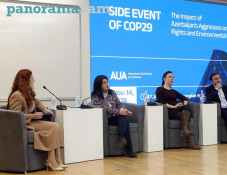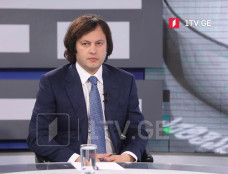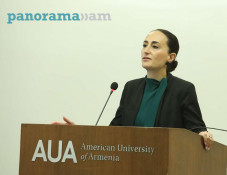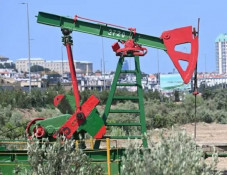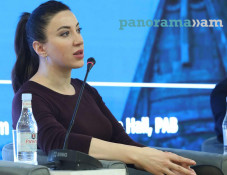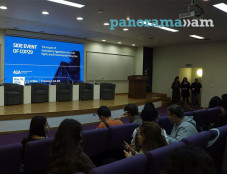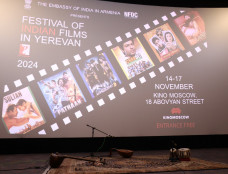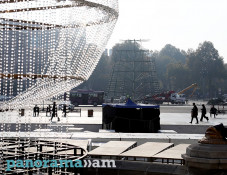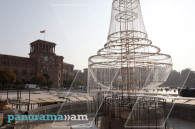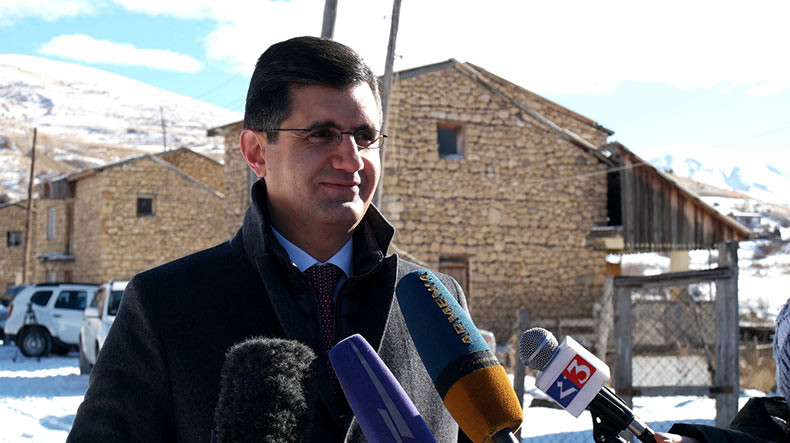
The water system supply project continues in rural communities
The Foundation for the Preservation of Wildlife and Cultural Assets (FPWC) in cooperation with VivaCell-MTS has built a 2050-meter-long water pipeline in Gnishik community in the frames of "Water supply improvement" program. In frames of the program dividing joints and water pressure regulators have been installed. As a result, the entire village is provided with constant water supply. If the water was available for only 30% of the community in the past, moreover, 2-3 days per week for 2 hours, then now the water supply is 24/7.
The former water supply system of the community was in a very bad condition for many years. Because of the dilapidated pipes, the mud was mixed to the water, increased the leakage and the frequent accidents caused unforeseen financial costs. The village budget funds sometimes were not enough to eliminate these issues. The residents used to be deprived of drinking water for weeks. The project of water supply system in rural communities enables the 24-hour water supply in the village without increasing its amount.
The launching of water supply system was attended by the General Manager of VivaCell-MTS Ralph Yirikian, the Founder of FPWC Ruben Khachatryan, Gnishik community head Ara Levonyan, and the residents of the community.
“This village is one of those villages included in our joint project where we have tried to solve the existing problems step by step. Last year we installed an outdoor lighting system, this year the problem of potable water has been solved. The development of rural infrastructures has always been the focus of our attention. It is important not only in terms of our commitment as a socially responsible company, but also in terms of investing in the well-being of our compatriots, communities and the country in general. It is inspiring to see that the system of values adopted by VivaCell-MTS serves as an example for other organizations,” - said VivaCell-MTS General Manager Ralph Yirikian.
As a result of the cooperation between FPWC and VivaCell-MTS, the streets of the village were provided with a light-emitting diode (LED) system. 37 columns of lighting were installed.
The Gnishik community has 72 inhabitants. The locals are mainly engaged in agriculture, cattle-breeding and bee-keeping.
The region is especially known for its historical and cultural values, as well as its rich nature. The cross-stones (khachkars) of 4th-5th centuries have been found here, as well as chapels, tombs and many caves. The unique geographical position of the surrounding contributed the formation of flora and fauna, joining the list of specially protected areas of Armenia. The locale is a corridor for the Armenian mouflon, registered in the Red Book of Armenia, Bezoar ibex, brown bear, lynx, Caucasus leopards and other species.
Newsfeed
Videos





